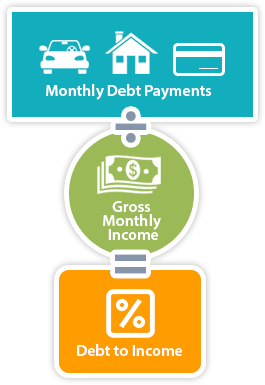Establishing credit for the first time isn’t difficult, but it can seem daunting since it can be challenging to get approved for credit without any previous credit history. However, knowing how the process works and where to start is the best way to get a jump on managing your credit.
Check your credit score
 It’s a good practice to first check your credit score before applying for anything – it’s possible to have some established history without realizing it. This can occur if you were added as an authorized user on someone’s line of credit, which affects your credit positively or negatively depending on their credit habits. Additionally, fraud is another unfortunate occurrence which would establish credit – often times for the worse. If you have any unexpected credit problems, you can always work to repair them and get back on the right track.
It’s a good practice to first check your credit score before applying for anything – it’s possible to have some established history without realizing it. This can occur if you were added as an authorized user on someone’s line of credit, which affects your credit positively or negatively depending on their credit habits. Additionally, fraud is another unfortunate occurrence which would establish credit – often times for the worse. If you have any unexpected credit problems, you can always work to repair them and get back on the right track.
You can pull your credit report by visiting www.annualcreditreport.com and requesting it from one of the three credit reporting companies – TransUnion, Equifax, and Experian. You may obtain one free copy per year from each company, so it is your decision whether to request all three copies at once, or spread them out throughout the year.
Consider a secured credit card
Once you’ve determined that you don’t have any credit history, a good first practice is to apply for a secured credit card. This is a great option if you lack the credit history to qualify for another line of credit. While a traditional credit card allows you to borrow money from lenders, a secured credit card is different in the sense that you provide a cash deposit as a guarantee – you borrow against your own money, which offers financial institutions the ability to see your borrowing habits before approving you for a traditional line of credit. You can use the secured credit card exactly as you would any other line of credit, and then apply once you have sufficient experience.
When using a credit card – secured or traditional – the practices to increase your score remain consistent.
Review credit best practices
- Payment History
Paying your bills on time is one of the most important practices to monitor in regards to your credit. Late payments will have a profound and adverse effect on your overall credit score, and will remain on your history for seven years. - Credit Utilization
It isn’t good to get into the habit of maximizing your allowed credit – it tells lenders that you need to use every dollar you borrow. Instead, aim to utilize around 10% of your total available credit. - Length of Credit History
A good credit score is a great thing to have, but without an established history it’s hard to judge consistency of borrowing habits. The longer you demonstrate responsible borrowing, the stronger your credit score becomes. - New Credit
Although it’s good to have multiple lines of credit, it doesn’t look good if you’ve applied or received too many new lines at once. It may be a sign that you are desperate for credit, which makes you a riskier borrower. These marks are typically short-term, but it’s still a good policy to apply for lines of credit slowly instead of at one time. - Types of Credit
As mentioned above, it’s good to diversify your lines of credit. You can absolutely have a good credit score with only a few lines of credit, but diversification (credit cards, auto loans, mortgages, etc.) can push you into the top tier of scores. A healthy variety of credit demonstrates that you’ve handled different types of loans well, and can balance multiple lines of credit.
 Understand your debt-to-income ratio
Understand your debt-to-income ratio
Understanding your debt-to-income ratio (DTI) is truly at the heart of these practices. Just as it sounds, your DTI is determined by calculating your monthly debt payments versus your gross monthly income – the higher your ratio is, the more of your income is being allocated to paying off debt. This makes it riskier for lenders to approve more lines of credit, as it may compromise your ability to pay on time, and you may need to spread the gap by utilizing additional credit. Conversely, the lower your ratio is, the better you will appear to a lender as a low-risk borrower.
By using both big picture steps – such as assessing your DTI and being mindful of it – as well as smaller steps – such as paying your monthly bill on time – you can ensure your journey of establishing credit sets you up to be a responsible borrower with a strong history of credit savviness.
Financially speaking series:
Part 1: Why is credit so important? | Part 2: How do you establish credit? | Part 3: How do you repair credit? | Part 4: How do you monitor credit? | Part 5: What is interest? | Part 6: How does credit affect you?



